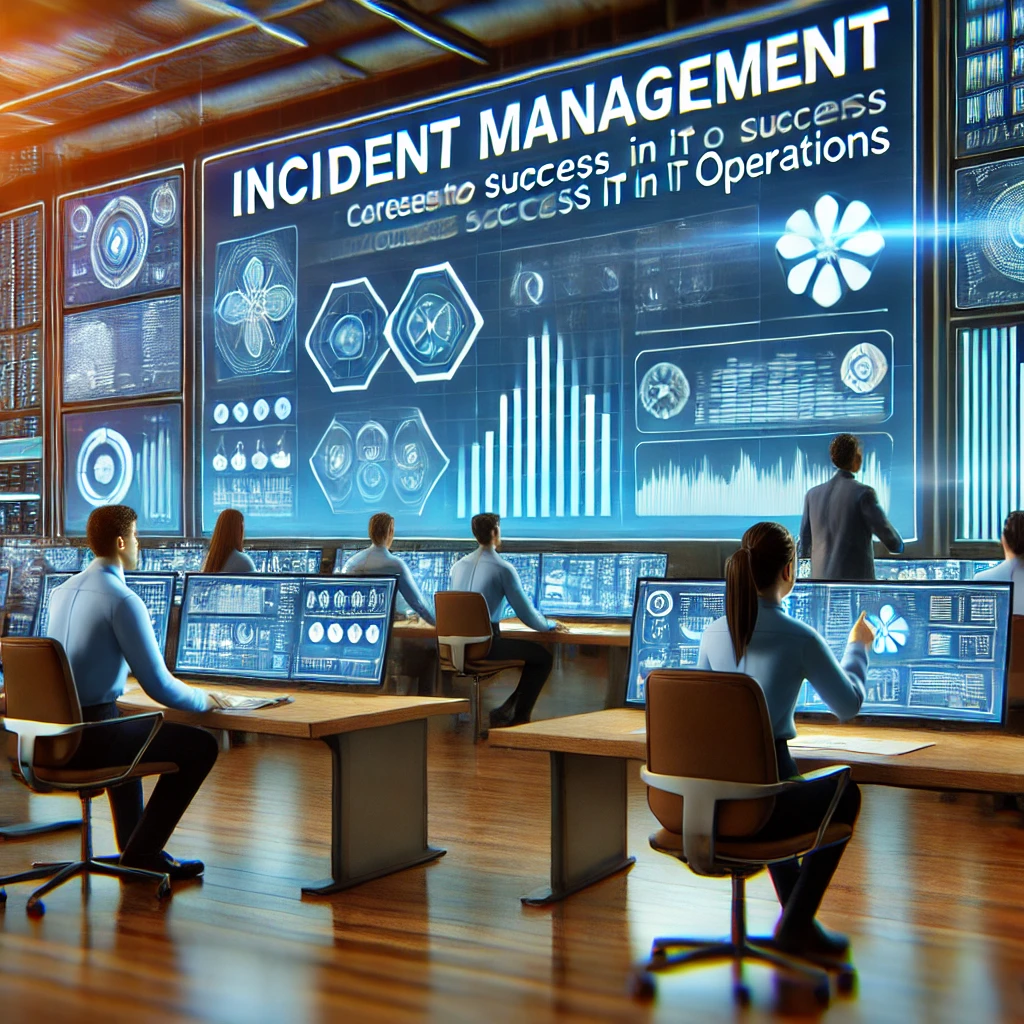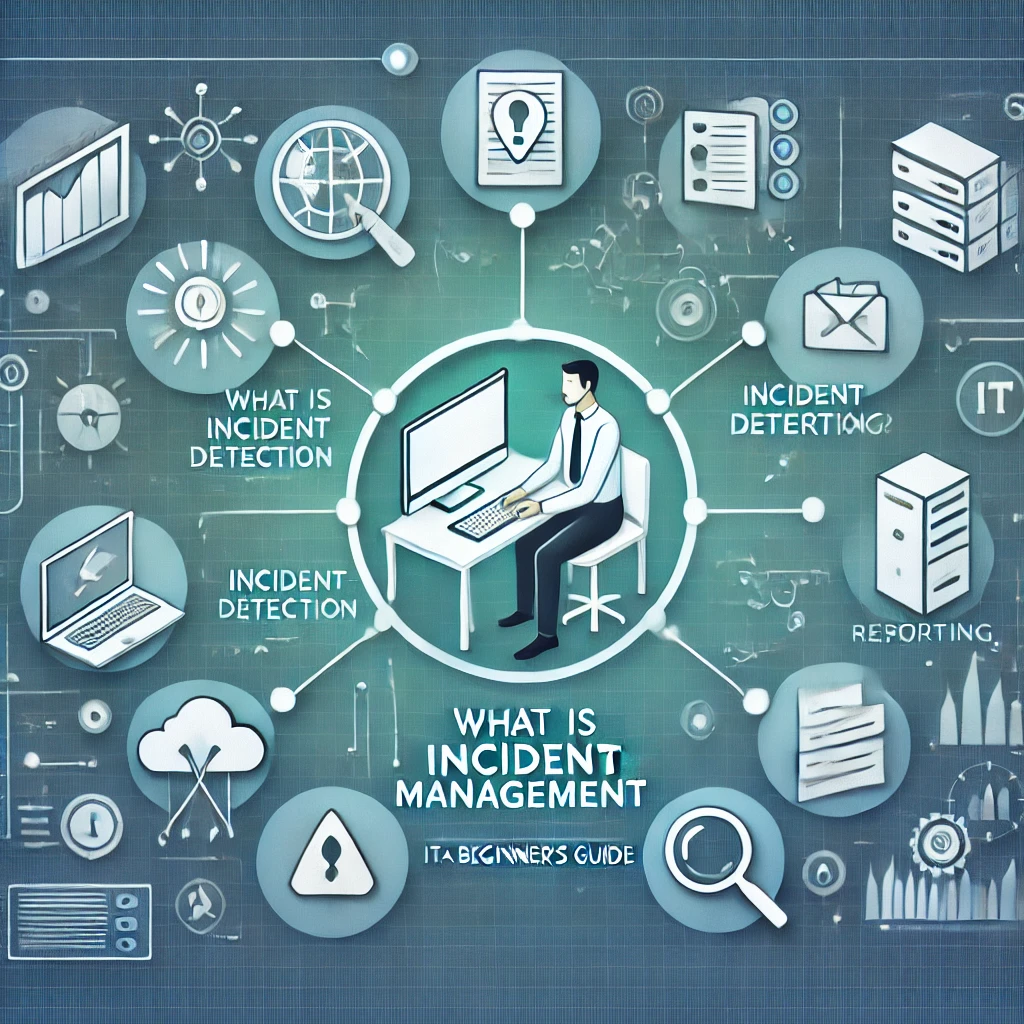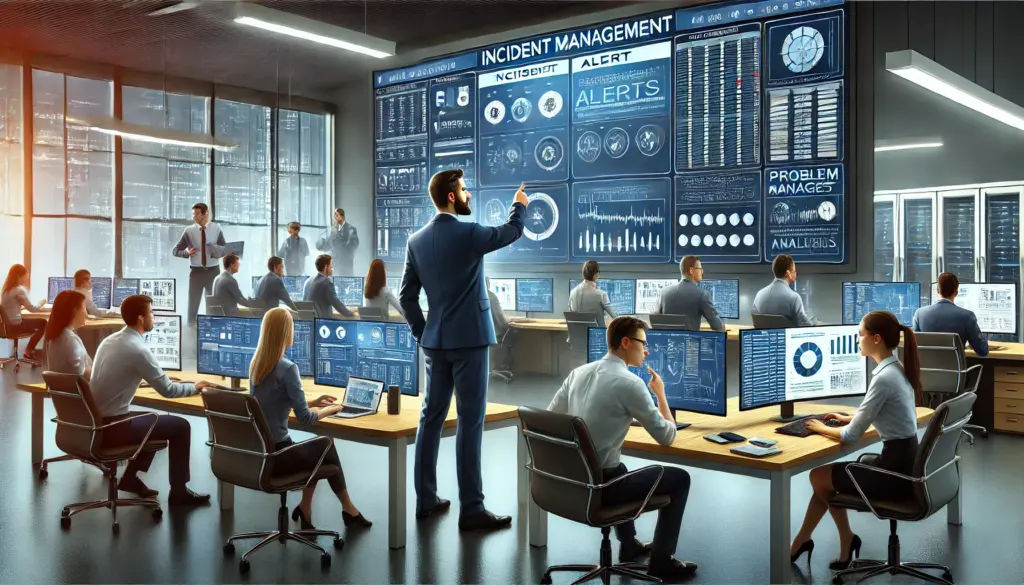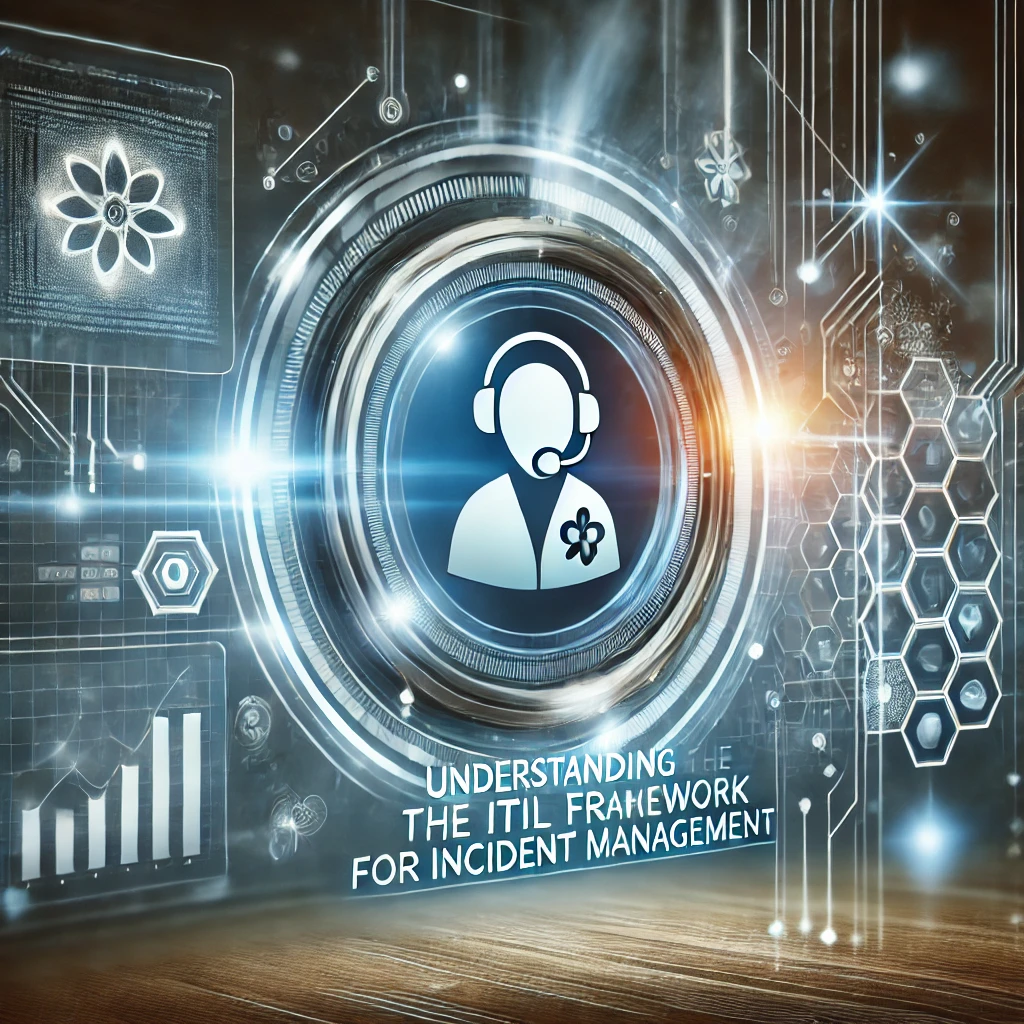🔥 The Importance of Teamwork in Incident Response
📌 Introduction
Incident response is not a one-person job. In today’s fast-paced IT environments, effective teamwork plays a vital role in resolving incidents quickly and minimizing business impact. When teams collaborate efficiently, they can:
✅ Reduce resolution times ⏳
✅ Minimize downtime 📉
✅ Improve communication 📢
✅ Prevent recurring issues 🔄
This blog explores why teamwork is essential in incident response, best practices for collaboration, and how organizations can build a strong incident response team.
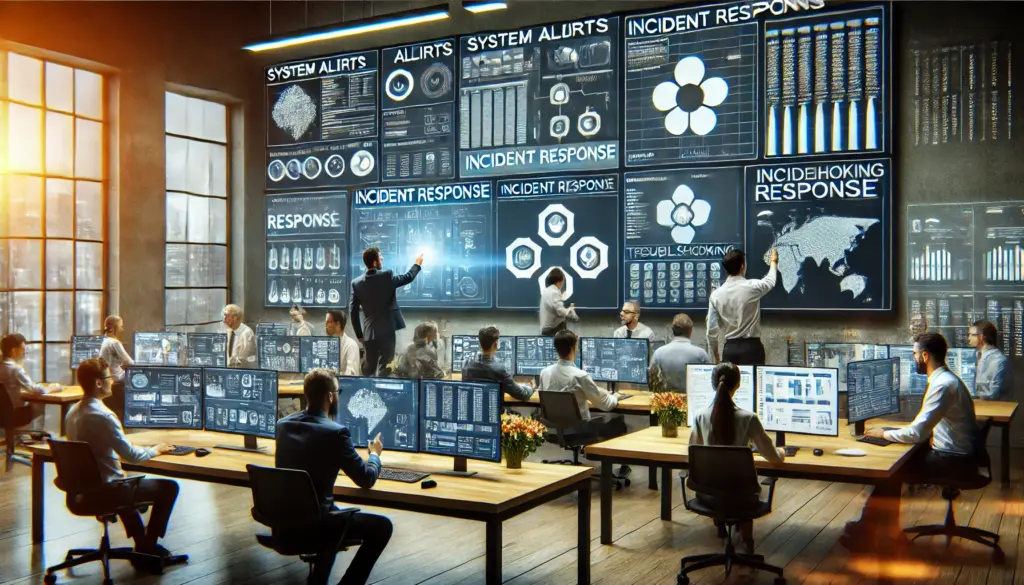
🤝 Why Teamwork is Critical in Incident Response
🚀 1. Faster Incident Resolution
When a critical incident occurs, a well-coordinated team can respond and resolve it faster. Collaboration allows:
- Sharing of expertise to diagnose the problem quicker.
- Dividing responsibilities to address multiple aspects of the issue simultaneously.
- Faster decision-making through collective brainstorming.
📡 2. Improved Communication and Transparency
Clear and open communication ensures that all team members and stakeholders stay informed about the incident’s progress. Using tools like Slack, Microsoft Teams, and incident dashboards, organizations can:
- Provide real-time status updates.
- Escalate issues efficiently.
- Keep stakeholders informed about the resolution timeline.
🎯 3. Better Problem-Solving and Root Cause Analysis
Team-based problem-solving leads to better root cause analysis (RCA). Each team member brings a unique perspective, allowing for:
- A thorough investigation of the underlying issue.
- Brainstorming of multiple solutions.
- Knowledge-sharing to prevent similar incidents in the future.
⚙️ 4. Minimized Downtime and Business Disruptions
A lack of teamwork can cause miscommunication, delays, and even prolonged outages. When teams work together effectively, they:
- Prioritize incidents based on impact and urgency.
- Execute quick mitigation strategies.
- Reduce the financial and operational consequences of downtime.
🏆 5. Stronger Incident Preparedness and Response Strategies
Teams that practice collaboration before incidents occur are better prepared to handle real emergencies. Regular tabletop exercises, mock drills, and war room sessions help teams:
- Develop clear incident response procedures.
- Build familiarity with incident management tools.
- Improve coordination among cross-functional teams.
🔑 Best Practices for Effective Teamwork in Incident Response
📑 1. Define Clear Roles and Responsibilities
Every team member should know their role in incident response. The RACI (Responsible, Accountable, Consulted, and Informed) model helps assign responsibilities clearly:
- Incident Manager – Oversees incident response, ensures resolution efficiency.
- Technical Team – Investigates root causes and fixes the issue.
- Communication Lead – Provides updates to stakeholders and affected users.
- Escalation Team – Engages higher-level support if needed.
🛠️ 2. Use Collaboration Tools for Real-Time Communication
Having the right tools improves teamwork during incidents. Some widely used tools include:
- Slack or Microsoft Teams – Instant communication and updates.
- ServiceNow or Jira – Incident tracking and documentation.
- PagerDuty or Opsgenie – Alerting and escalation management.
- New Relic or Grafana – System monitoring and root cause detection.
📊 3. Conduct Postmortems to Improve Future Responses
After every major incident, teams should conduct a postmortem analysis to identify areas for improvement. A good postmortem process includes:
- Reviewing the timeline of events.
- Identifying what worked and what didn’t.
- Creating actionable recommendations for future incidents.
- Documenting lessons learned.
🎓 4. Provide Ongoing Training and Simulations
Regular training ensures that team members stay updated on the latest incident response best practices. Organizations can:
- Conduct tabletop exercises to simulate real-world incidents.
- Offer certifications in ITIL, cybersecurity, and incident management.
- Encourage cross-team knowledge sharing.
⏳ 5. Establish an Incident Command Structure (ICS)
An Incident Command Structure (ICS) helps streamline communication and coordination, especially in large organizations. The ICS includes:
- Incident Commander – Leads the response efforts.
- Operations Lead – Handles technical investigations.
- Communications Lead – Manages external and internal updates.
- Logistics Lead – Ensures resources are available for resolution.
🚀 Conclusion
Effective incident response depends on teamwork. By ensuring clear roles, open communication, and the right tools, IT teams can reduce downtime, improve resolution efficiency, and enhance collaboration. Organizations that prioritize teamwork in incident response will experience:
✅ Faster incident resolution 📊
✅ Better problem-solving 🔍
✅ Reduced business impact 💰
✅ Continuous improvement 🔄
🚀Learn More:
How does your team handle incident response? Share your experiences in the comments! 💬

